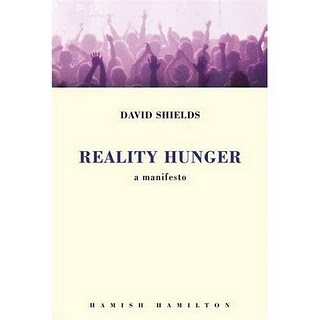The Theory of Light and Matter
By Andrew Porter
Text Publishing
Andrew Porter’s debut collection, The Theory of Light and Matter, offers a series of stories about alienated and emotionally paralysed characters coping with a variety of traumas, such as failed relationships, broken families, and the deaths of loved ones. Porter attended the Iowa Writer’s Workshop and, for better or for worse, his stories evoke the kind of writing associated with U.S. creative writing programs; written in a spare prose, Porter’s work recalls the minimalist realism of Raymond Carver (and before him, Hemmingway).
Minimalism can be incredibly effective, and in stories like ‘Coyotes’, ‘Azul’, ‘Merkin’ and ‘Storms’, Porter displays his mastery of this genre. His particular gift lies in the ability to craft characters whose paths intersect in just such a way as to undo each other. These finely wrought relationships pulse with a sense of dismal inevitability that makes for gripping reading; like the proverbial onlooker at the scene of an accident, the reader is drawn in by morbid curiosity to watch these people’s lives fall apart.
For all of that, though, The Theory of Light and Matter is an ultimately uneven read. The result of Porter’s spare aesthetics is that the difference between a brilliant and an unsuccessful story can be – for lack of a better word – minimal. Moreover, while Porter’s style is arresting on first read, over a whole book it starts to feel monotonous, and the appearance of the epiphanies at the end of some stories (which is characteristic of Carver-esque minimalism) feels forced and predictable.
Some stories are also marred by a lack of precision, as well. The stories are set in diverse localities around the U.S., but most of these places (with the exception of Houston) aren’t evoked with particular detail, and one wonders why Porter has bothered making their settings specific at all. At other points, details recur without clear purpose: Porter’s narrators seem to have a fondness for trees (particularly the banyan and the jacaranda), but what could such obsessions possibly signify? Moreover, Porter’s prose is too often careless, and stylistic oddities appear again and again for no clear reason (eg. an unidiomatic usage of ‘assure’ to mean ‘reassure’, the description of odd characters as being ‘not right’, and the construction ‘beg off’, meaning ‘to avoid’).
This critique may sound like nitpicking, but these lapses are indicative of the larger problem with Porter’s prose (as well as being indicative of a lack of scrupulous editing upon the book’s initial publication in the U.S. in 2008), which is often not so much minimal as simply unimaginative; this unfortunate tendency appears throughout the collection’s title story ‘The Theory of Light and Matter’ in which the narrator notes that her boyfriend ‘seemed to understand me . . . better than I understood myself.’ This is an unforgivable cliché. Ultimately, this story is weak enough that its inclusion in the book is puzzling. Not only does it contain one of the most trite sex scenes I’ve read in recent memory, but also the female protagonist is not believable, and ultimately reads like a male author’s idea of what women are like, rather than a flesh and blood creation.
But despite these lapses, the collection is saved by its best work, and two stories in particular are absolutely exceptional, and deserving of the high praise that they have garnered. ‘Departures,’ a story about two young, high school rejects who begin dating women in the local Amish community, depicts characters who are simultaneously sympathetic and despicable. The opening story, ‘Holes’, which is about a young boy who dies after climbing into a sewer, ends on a haunting, unresolved note. Here, Porter moves away from the stock minimalism of academic creative writing, and, instead of offering an epiphany, his story opens out into a series of larger and more complicated questions.
These two stories alone are worth the price of the book. And the reason that they succeed is precisely because they step outside of the minimalist framework. Porter is a writer of enormous potential, and it can only be hoped that he keeps pushing himself in the intriguing directions presented by these two exceptional stories, rather than contenting himself with producing masterful, but ultimately derivative, works of minimalist prose.





